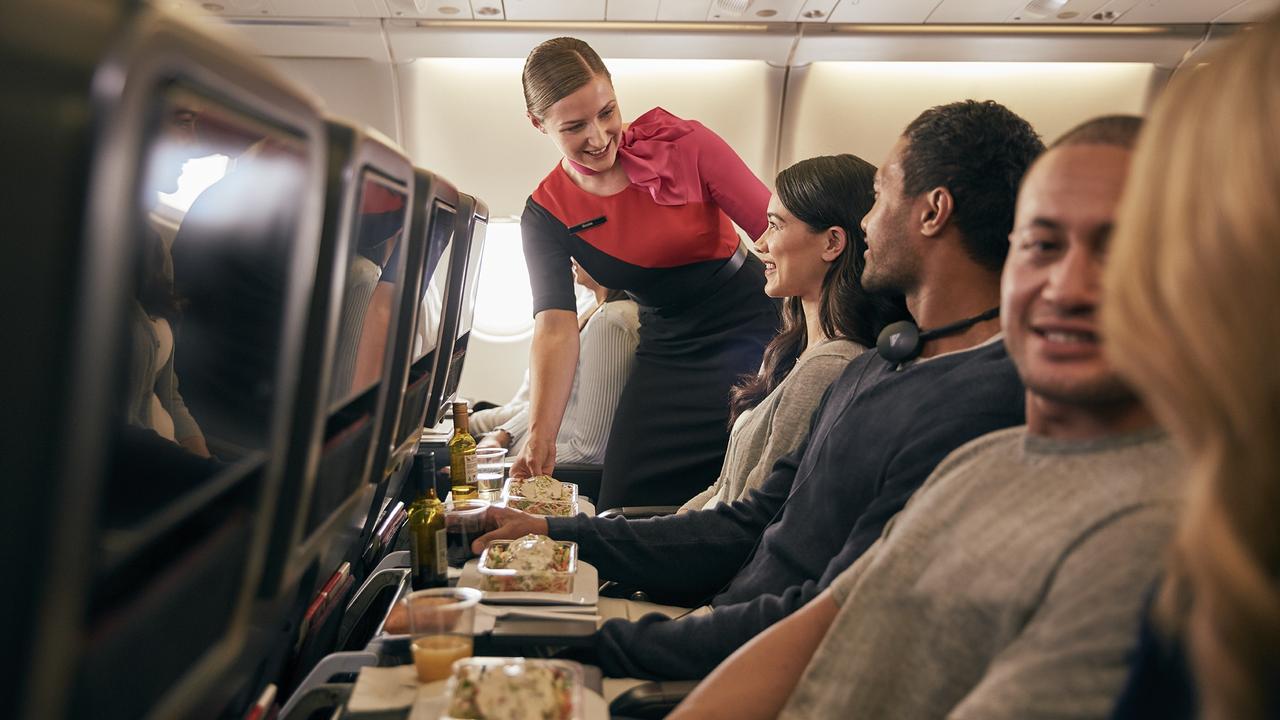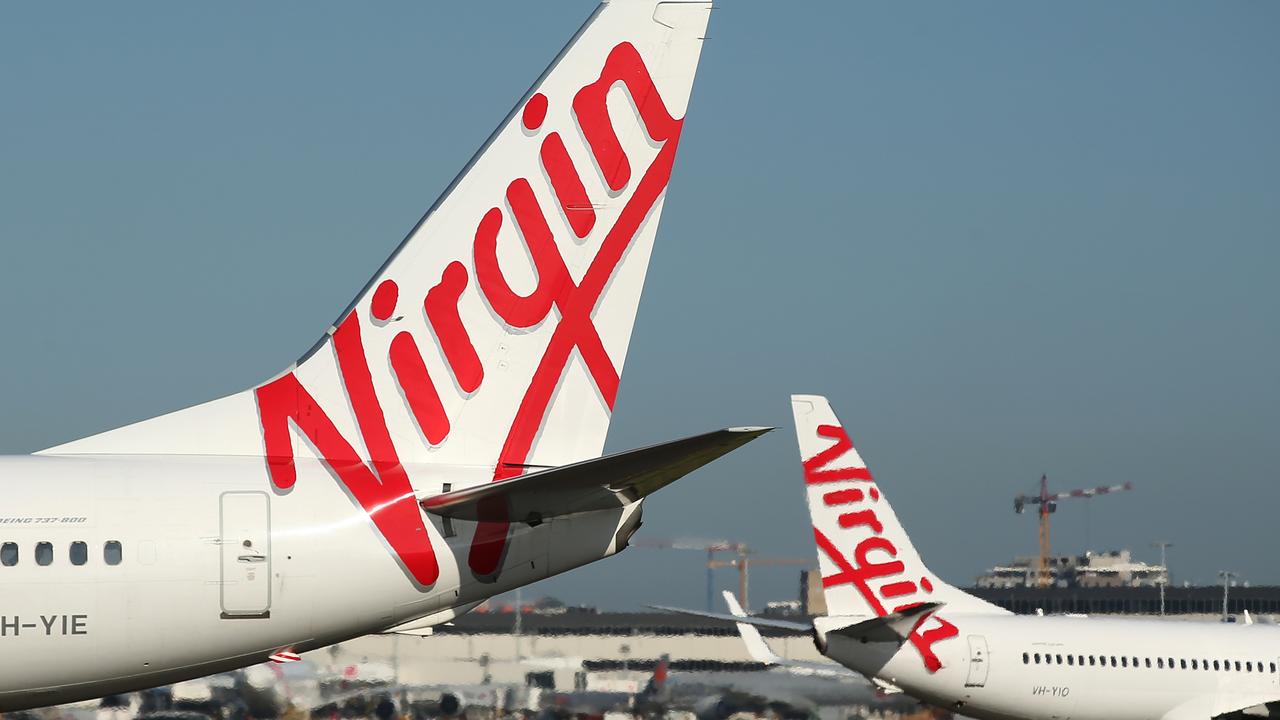Pilots have vital role in first-class aircraft design
The Lion Air B737 Max crash may well be an example of well-intentioned designs usurping pilot authority.
The recent Lion Air B737 Max crash may well be the second example of well-intentioned creations by aircraft design engineers that usurp pilot authority resulting in tragic consequences.
Engineers usually consult with pilots as to the practicality of new design features. For example, 30 years ago when the B777 engineering design team was planning on having side stick controllers instead of control columns, the pilot consultative panel wanted the latter as they provided tactile feedback, thus ensuring the pilot flying was in the control loop at all times when the autopilot was flying the aircraft.
A good example of this was my B777-300 go-around from 50 feet when landing at London Heathrow Airport. The Air Canada Airbus A340 ahead, already landed, missed his high-speed turn-off and with autopilot still engaged, one click by me of the G/A button and the control column moved aft. As the thrust levers moved forward these movements confirmed the system was functioning correctly, as well as the visual commands on my flying display. The incompetence of that Air Canada pilot cost Emirates three tonnes of fuel for our go-around and subsequent ILS approach.
Airbus side stick controllers work fine. I did hear they were allegedly installed because Air France pilots did not like control column movement that could knock over their glass of wine from the tray on their lap when consuming their crew meal.
But the engineers did not troubleshoot fully with pilots the systems operation and did not consider that pilots should have an indication of the other pilot’s control inputs.
The result was the Air France 447 A330 tragedy where pitot tube icing caused an autopilot disconnect and incorrect airspeed readings. The panicked pilot then induced a stall by holding full aft sidestick. As they pancaked earthward the more experienced pilot in the left seat had no idea the other pilot was holding full back on the stick and thus was totally confused as to what the heck was happening. If he had known he could have taken control and easily salvaged the situation.
The B737 Max has a manoeuvring characteristics augmentation system, which accurately duplicates the nice control feel of the earlier B737-800s, such as those operated by Qantas. Bigger engines and other changes were compensated for to make life easy for the pilots.
However, this is where a degree of hubris on the part of the design engineers surfaces. One wonders if they consulted with pilots regarding the new MCAS stall prevention system.
Why do you need to have a stall prevention system when modern airliners have a stick shaker to warn of impending stall plus audio “STALL STALL” plus visual red “STALL” on the primary flight display?
These work totally fine with pilot simulator training. Pilots train in approach-to-stall recoveries every six months in the simulator. Typical training includes a clean, straight and level, autopilot-engaged and approach-to-stall recovery, then recoveries in the flap-only manually flown approach and full-flap with gear-landing configuration. Where is the rationale to introduce a system that works only in manual flight and with no flap down?
To introduce a system that overrides the pilots when manual flying is definitely something that would not be to a pilot’s liking and then not to inform them because it works only in the background, suggesting that they do not need to know, is hubris on the design engineers’ part. Since departures are flown with takeoff flap, and arrivals from 3000 feet have some flap — plus the autopilot is generally engaged straight after takeoff and disengaged on short final — then I fail to see where the system could be of benefit.
Another point is that the MCAS stall prevention system uses angle of attack, or AOA — ALPHA for fighter pilots — which is the angle between the wing and the airflow.
A wing stalls — airflow breaks away from the wing’s upper surface — at about 15 degrees AOA. The system relies on information from the ALPHA sensor so that at a critical earlier AOA, the nose down trim would activate at 0.27 degrees a second for 10 seconds to a maximum nose down trim change of 2.5 degrees and overrides the pilot unless he turns off the stabiliser trim switches next to the throttle quadrant.
When flying slowly at a high wing AOA, the horizontal stabiliser (tailplane) is trimmed with considerable nose-up authority and a nose-down trim change of 2.5 degrees is not severe and could be manageable.
It may be the case of Lion Air, on the standard instrument departure out of Jakarta that they completed the turn towards the sea on autopilot and would have reached their initial altitude of 5000 feet in three minutes and were maintaining 250 knots in level flight when the system malfunctioned. At 250 knots the trim setting is already considerably nose down and the addition of a further 2.5 degrees nose-down trim to the horizontal stabiliser means that elevator authority would not be enough to prevent an entry into a dive. They crashed after 13 minutes of flight.
That the design engineers did not get pilots to troubleshoot all possible system failures, especially at low level in the simulator, may be the case. Good intentions of protecting pilots from themselves would have been acceptable except that they did not consider that pilots needed to know about this new system.
As a result, even though the recovery is the same procedure as a “runaway stab trim”, because the Lion Air pilots had not been informed of all the other alerts that would have manifested themselves in the MCAS malfunction, then massive confusion would have resulted, and the required rapid identification of the malfunction would not have been forthcoming in time to prevent the tragedy.
With all emergencies it is vital that rapid identification of the malfunction is completed before any preventable or recovery procedure is initiated. Automation is great, but when it malfunctions then only proper pilot training and, if necessary, manual flying skills can save the day.
Byron Bailey is a former RAAF fighter pilot and flew B777s as an airline captain.


